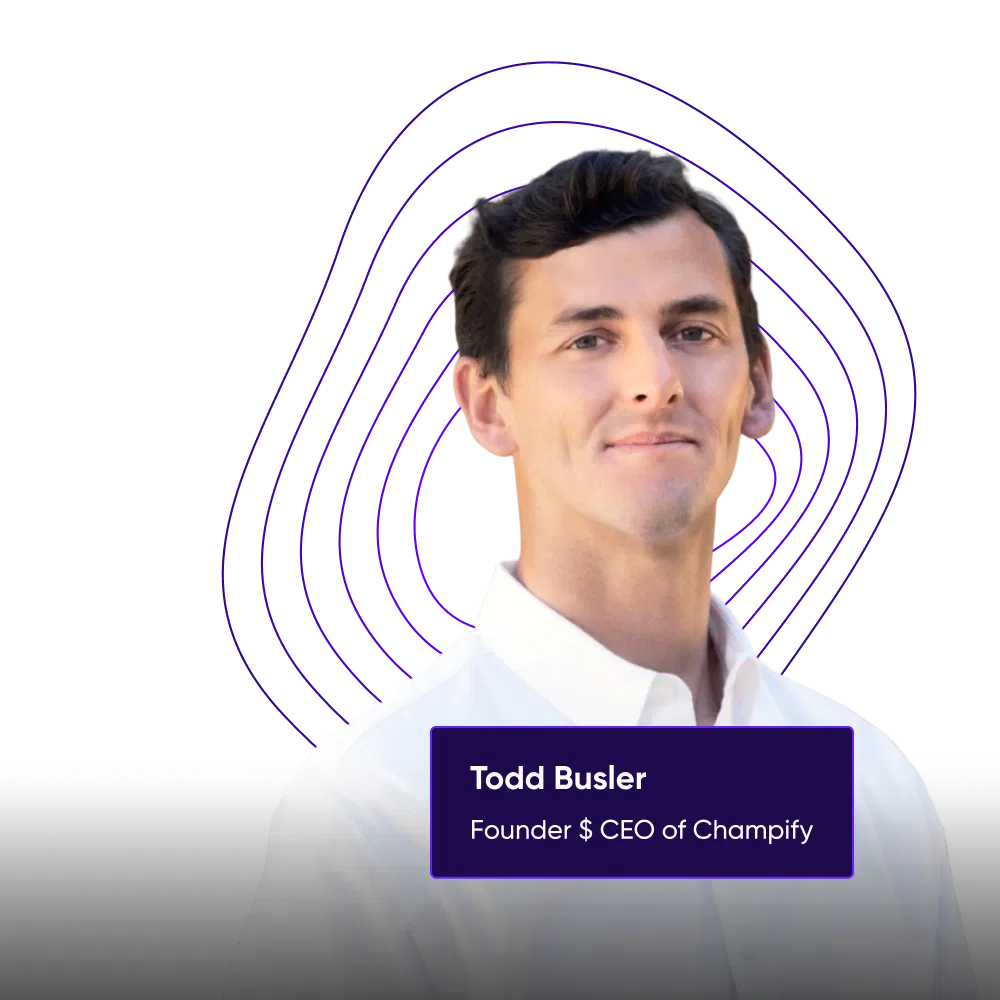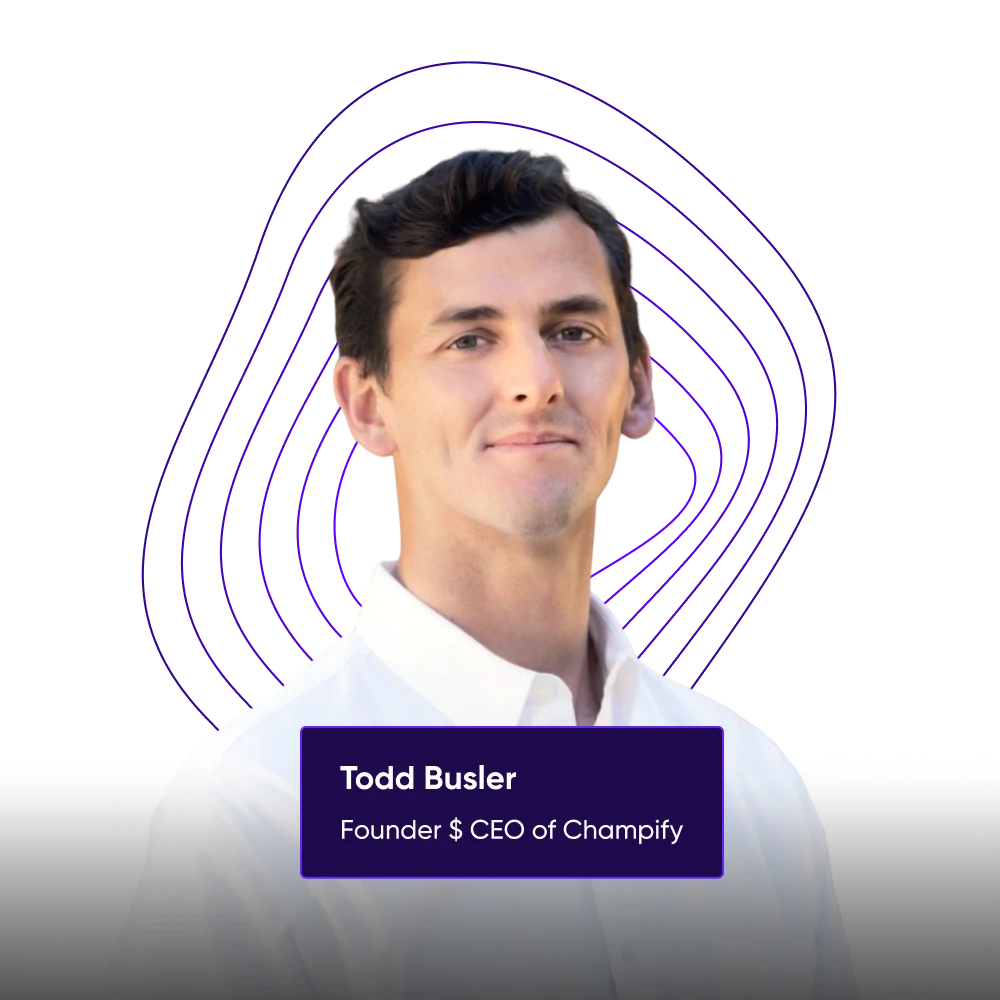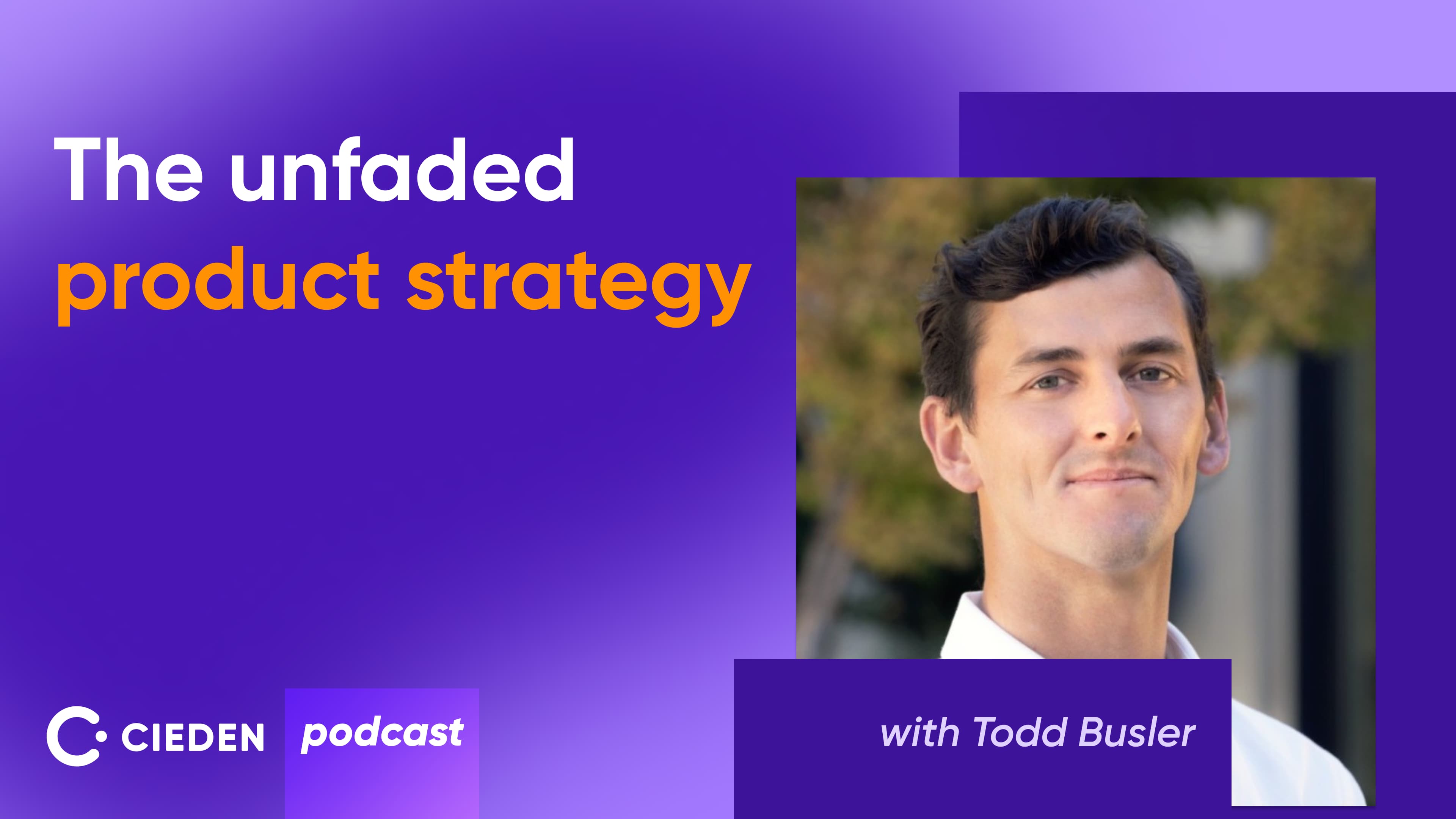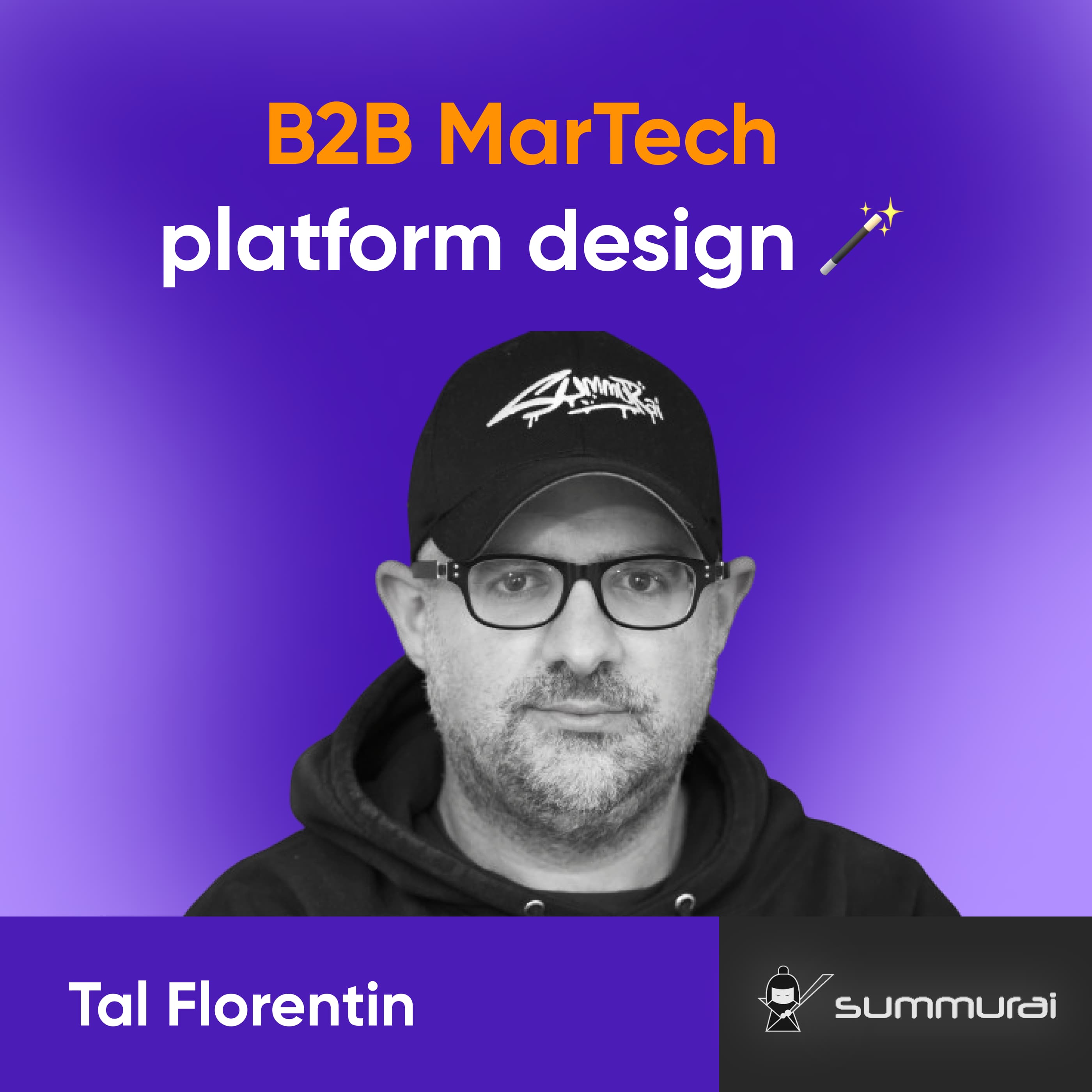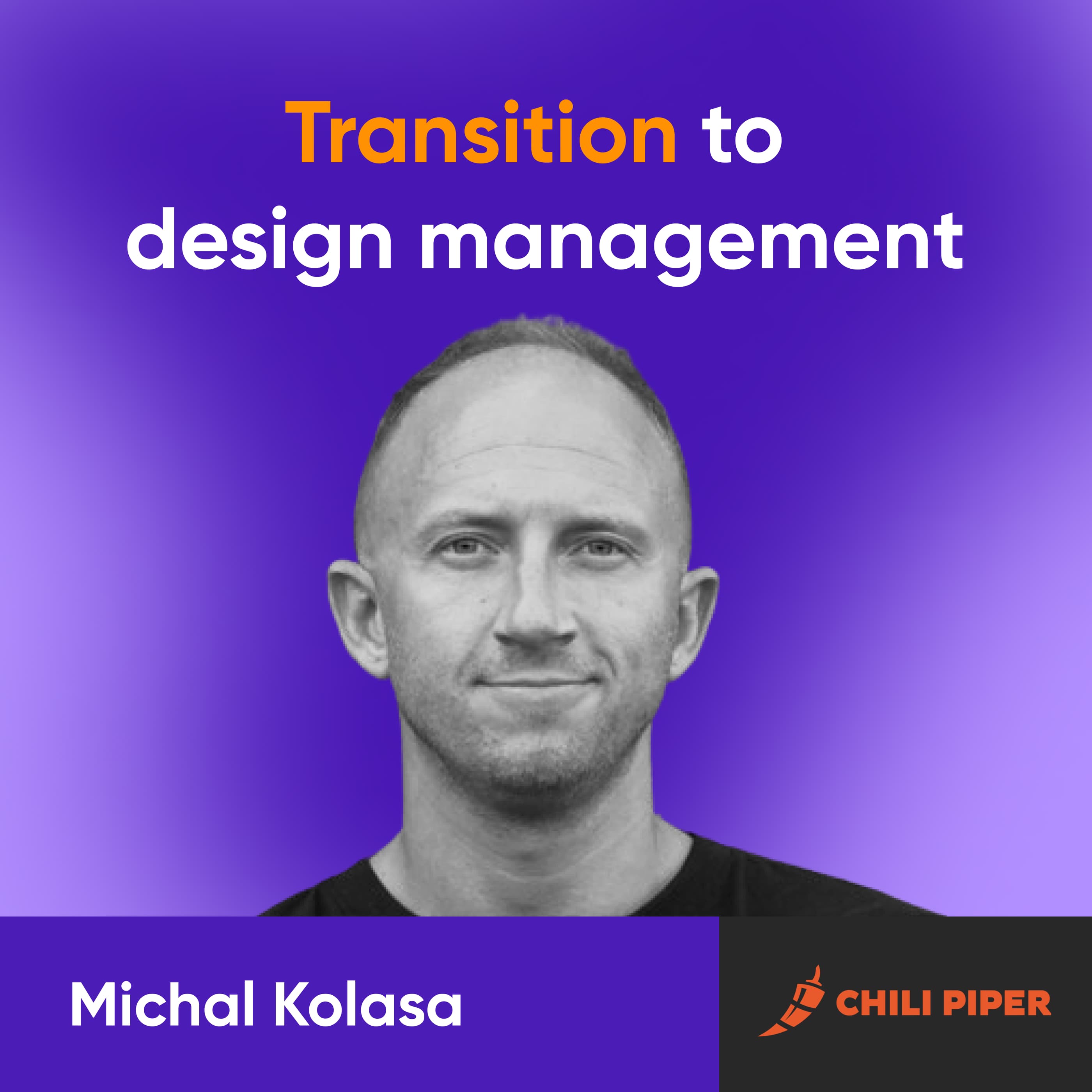The sales tech platform category is blowing up. Apollo raised $100 million and hit unicorn status in 2023. Lots of other sales intelligence tools release more and more go-to-market workflows.
How to compete with that? How to think ahead and build the right product strategy? How to nail a product launch, go-to-market plan, product design, and messaging?
When it comes to mastering these challenges, there's no one better suited than Todd Busler.
Todd has truly lived through the problems of selling B2B software tools. He was the first sales hire at Heap when the company only started its path to becoming a unicorn. In a few years, as a VP of Sales Todd grew ARR from ~$300k to ~$40m. Later, he spent a year at Unusual Ventures, working with early-stage companies exclusively.
Now, Todd is the Founder and CEO of Champify. It's a product that helps sales and marketing teams engage with B2B customers better and generate more revenue.
In this post, we transcribe our conversation with Todd on Cieden Podcast. Please welcome our hosts who contributed to this insightful discussion – Anastasiya Mudryk, Head of BA&PdM at Cieden, and Yuriy Mykhasyak, Co-Founder and CEO of Cieden.
Let’s dive in!
How to stay competitive in the B2B software industry
Anastasiya: Hi everyone and welcome to this new episode of Cieden Podcast.
Yuriy: We are Yuriy and Nastya. We run the Cieden product design agency that focuses on B2B software and we are super happy to welcome Todd.
Anastasiya: Yeah, Todd Bustler is a visionary in B2B sales. He's also founder and CEO of Champify. It's a product that helps sales and marketing teams to be efficient and generate more revenue for their companies. Todd brings a lot of knowledge and insights about sales operations, building efficient sales teams. And of course, as a CEO, I'm sure he'll share a lot of interesting insights about his journey. So we’re really thrilled to have you today with us and looking forward to this constructive conversation.
Todd: Likewise, thank you both for having me.
Yuriy: Yeah, we checked your product and I really like the strategy behind it. You know, we have clients who try to build platforms. They come to us and say, okay, there is one product, but I think it lacks a lot of features, we will add more value and then we will try to sell it. And you decided to launch as fast as possible while still building a tool that can compete on the market. What makes you sleep well knowing that a lot of sales tools come up?
Todd: First of all, I don't think I sleep well at night. I think that it's gotten a lot easier to build software in any category. So my real belief on a lot of this, I think technical moates are shrinking across the board.
What we've seen from a lot of people popping up is like, sure, maybe you can get something out there that has a lot of similarities on data quality or one component of the product. But to actually get a sales intelligence platform adopted in a large organization requires a lot of know-how to.
I think there's a deep understanding of how sales works for your target list of customers you want to work with to understand the workflows, to understand all of the challenges, and to understand how people want to interact with the product.
So I think people with no know-how and really deep tech skills are definitely at risk. I think any founder has to be thinking about that. That's why internally we're always talking about innovation, urgency, and bigger bets. Any stagnant company today is going to be a loser.

The right customer acquisition strategy
Yuriy: Let’s talk a bit about B2B customer acquisition. I see that Champify doesn’t follow a freemium model or PLG. So, what's your strategy? And what’s the key to choosing the right model for complex B2B SaaS products?
Todd: I think founders need to be honest about the type of product they have. I learned a lot from my experience at Heap. In the early days there, we did have a good PLG motion because the early buyers of that product were extremely technical. And they would come in, they would install the app, they would set it up and it would be really easy to convert some of them. Over time, the buyers of that category got less technical, so the PLG motion never took off. Sure it was good from an awareness standpoint, but it was never a huge portion of their revenue. So, you have to be mindful of your product strategy framework.
As for Champify, I wish we had a single-player mode, like Notion or Slack to be able to prove a ton of value upfront. But with our product development strategy, you don't get a lot of value in a single-player mode. The core value of the product is getting installed centrally at the org level.
It happens because there's a lot of complexity in our sales platform. There are things like territory changes, account ownership and historical information. And this complexity is our friend that leads to a lot of value. So, for us this is the only way and we don’t want to compromise this value in favor of easier conversions.
B2B outreach done effectively
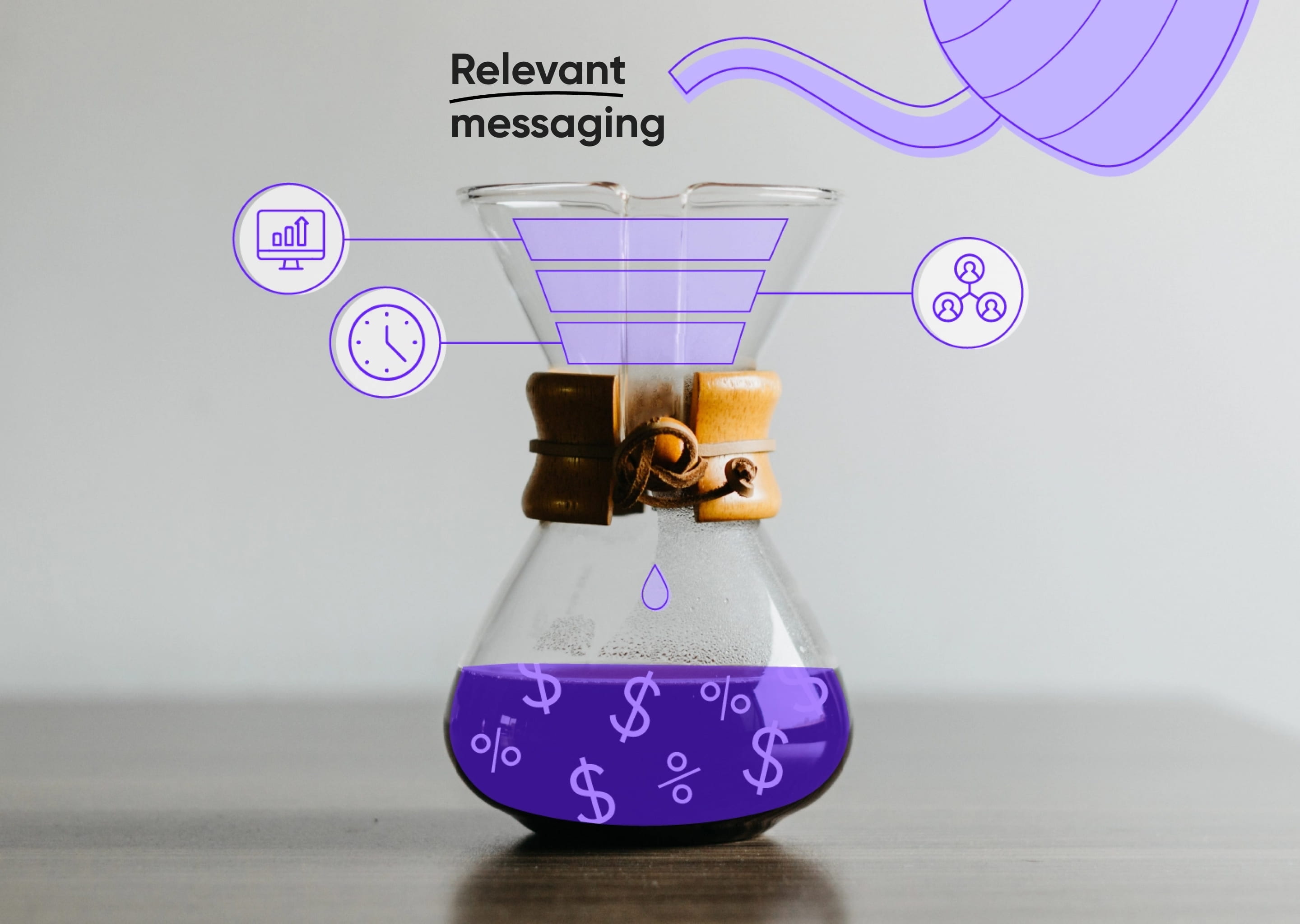
Anastasiya: There is a big distinction between buyers and end users. Can you share how you deal with B2B buying groups?
Todd: Remember when you could just chat up an exec, and if they liked your idea, they'd greenlight it? Well, those days are fading fast. Nowadays, buying decisions are way more democratic and involve way more people.
I don't see many companies out there saying, 'Hey, I can sell straight to the buyer; I don't need to worry about marketing to the end user.' No, you've gotta do both.
The real challenge? From a marketing standpoint, it's figuring out who your website speaks to, and what the value proposition is.
Our approach? We target those between the CROs and the end users who feel that problem. They're usually our champions because they've been close enough to the day-to-day problem. They know what the users are feeling. And they also can tie that to the big picture of what a company cares about.
I think a lot of people think about end users as one bucket. That's not the case. Some people have been at companies for a long time that have a lot of clout. Some people have gotten promoted, they might still be ICs, but they've moved up the ranks a little bit. So different flavors of these users can give you signals of who might have more clout in an organization.
And then what we try to do is we try to learn from those end users around what's happening, what tooling they have, what are people talking about. So when you go back to that director or that senior level person, you have relevant messaging to go, ‘Holy shit, it sounds like this person was in our all-hands meeting, or like they know more about our company than some of the people here.’
And that's how you can start to get attention from the top down. But it's a very challenging problem of how to message the benefits to the end user while also messaging the benefits to the business to someone senior that doesn't sound like a million other things they're getting pitched every single day.
Why sales automation tools are not the goal
Yuriy: How do you approach the sales software part? Are you responsible for this or do you have someone on your team researching best sales tools every quarter?
Todd: I can tell you about my experiences of being a VP of sales at Heap, where there were about 300 employees. Every week someone's saying, ‘Hey, we need to buy this new tech. Look at this new cool thing.’ Every single day someone's saying that. The way I would approach it is like, hey, I'm open to hearing ideas. Like if there's new tech out there, I'm not researching it all day. I'm always happy to. But I would put a lot of faith in what I'm hearing from my peers, right? Like I was always talking to other people that were in my exact shoes at other companies. And I was always picking their brain on what they're doing to try to stay in the know so that when a rep is bringing up, ‘Hey, we need to try this new, you know, whatever – insert X,’ um, I should have heard of some of them. I'm never going to hear of all of them.
In that situation, I trusted certain reps that I think we're thinking critically and strategically about the business. And I'd say, 'Okay, that sounds compelling. Go run a pilot with them or go see if you can try this out for a couple of licenses.' Or actually, I'll sit in a meeting with this because it does tie to something we care about. So I just think that there are so many software products out there today that the rigidity and how people buy and research products is changing. And a lot of people are interested in new tech. So more people within organizations are getting the opportunity to explore new technology. Which kind of goes back to our previous point of like, who's the user, who's the buyer, and how do you market to both of them, right?
Yuriy: Yeah, because you want to balance the culture. In one way, you want people to bring you some information, some new ideas. And then another way, and we mentioned that if somebody proposed to you to buy a new tool every week, it can be paralyzing.
Anastasiya: Yeah, but what if this is a startup and they're just like launching their product? Where should they start?
Todd: People think there's like magical tools out there that are gonna solve these problems. I don't think that exists. I think the reality is what you're trying to do in the super early days – you're trying to validate your messaging and you're validating your value prop and there's a lot of value in ‘Are people opening my emails? Are people wanting to talk to me if someone's making an intro? Do people want to get on the phone with me?’ Right? You don't need a lot of tools to do that. You want to have some basic ability to send a cadence in an email. You need to be able to get people's email information, right? Like there's some blocking and tackling tooling that you need. But I think when you see these companies trying to use Al to rewrite messaging and make sure you have some crazy multi-touch campaign, it's like, that's not the goal yet. The goal yet is just like, ‘Hey, I need people to see our message and does this resonate with them?’
Now, once you start to get a couple of reps and the thing is repeatable and you have some semblance of repeatability in terms of we can target people or we can spend this money on marketing and we can convert these meetings at X percent, then you're looking for ways to tweak that.
That's the stage when it is a business, right? We raised the seed round, we have a handful of reps here, and we have people doing marketing. Now we're starting to think about, okay, we know the targets that work. How do we get more efficient with that? That's when I think some of the tooling comes in.
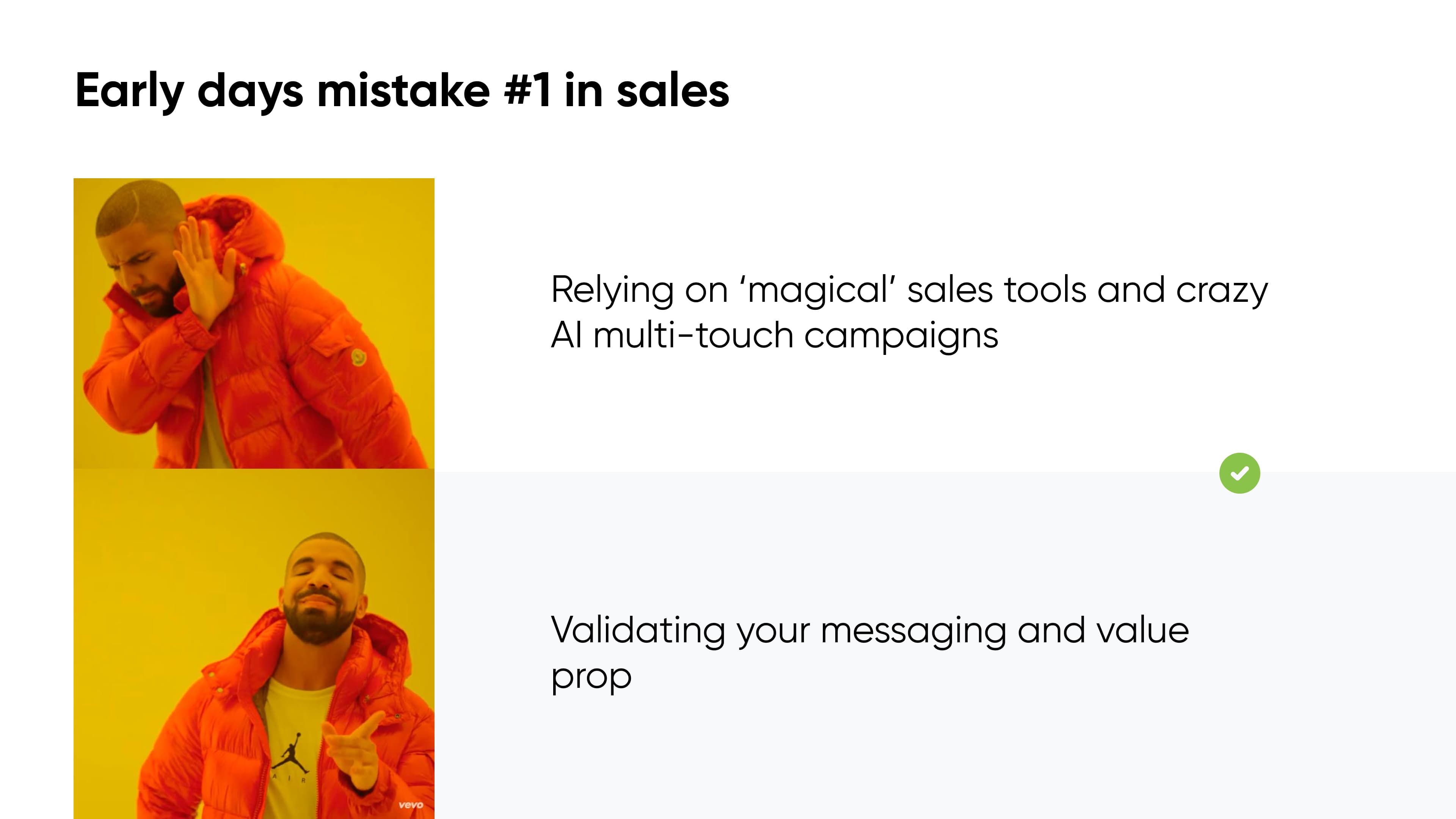
Reasons to launch a startup faster
Yuriy: When it comes to the product launch strategy, there is the idea that you first want to find a buyer, and then start to build a product. What do you think about that? And in your case, did you build a product and then try to talk with potential clients or you already knew that you can sell it and then you started building that?
Todd: So the way that Champify came to be is the three of us worked together at a previous org and we kind of saw the strategy of what we offer being successful. And then we saw in the market that, ‘Hey, I don't think there was a great way to go about this’. So we had an inkling because we lived through the problem. Some people would call that founder market fit. I believe we had that.
But before we started working on this kind of in the background, but before we said, ‘Hey, we're going to go after this,’ we went and had 50 conversations, not just people in our network, but people that I said, ‘All right, I want to just target some people and see if I can get responses.’ I still have a spreadsheet that has 50 people I talked to based on title, role, and size of the company, and ask them the same series of five to eight questions. And then after that, I was like, ‘Wow, okay, I'm hearing things like, if you built this, I would buy it. If you built this, I would try this. Yes, this ties to one of our big initiatives.’ Not all of those conversations are enough to say, okay, if we go and target 500 now, we can go get some customers from this. So that's how I think about validating the idea standpoint.
Yuriy, on your question in terms of like, when's the right time to launch? I can agree to lean on launch earlier. In general, I think you need to get the product into people's hands. And that's when you start getting real feedback and real advice. I think a lot of people get some bad bias by saying, look at this idea and look at this sexy deck. But until the product's ready, and you could be like, ‘Hey, use this thing now,’ that's when you get real answers. I think you get real answers when you're like, okay, will you use this? Are they adopting it? Will they pay for this?
And I think it's really hard to get real answers until you can have both of those things. Some of my experience was influenced by Unusual Ventures, because I saw some extremely technical founders building complex, amazing products, but the fit wasn't there. In terms of, ‘Hey, there's not a market for this’ or ‘Here's too many overlapping vendors.’ You can spend years and millions or tens of millions of dollars building the most advanced product, but until you know that it's validated and people want to use it, it doesn't matter. So I think I tend to err on the side of getting the product out there. So you can try to charge for it and see what adoption looks like on the earlier end.
Outsourcing idea validation
Yuriy: Thanks. Todd, from your experience, does it work to outsource idea validation? Like if the person, the founder is technical, he is afraid of talking with executives. He says, okay, I'll hire a salesperson. He will go try to sell it and then you will build it.
Todd: No, I feel really strongly about this. I joined Unusual Ventures because their hypothesis which I think is wise is, ‘Hey, we have engineers. They're not great at going to run an email cadence to get meetings. They don't know how to launch a product on product time. They're not sure what the messaging on their website should be. Sure, you should get help on that.’ I think there's a lot of value in it. But the founder has to do the selling in the beginning. They have to feel what it feels like to send a bunch of messages and not get the answers and tweak it and start to see it get better. They have to run those first meetings because you're learning so much. So I don't think you can outsource that. I think you can outsource it to have like, how can I do it a little more effectively or efficiently, but the salesperson should get the first 10, 15, 50, a hundred customers, depending on, you know, kind of deal size, because that's how you're getting the learnings and building the confidence. And I think outsourcing is a short-sighted strategy.
Strategic startup sales hiring: timing and roles
Yuriy: When a founder should hire the first salesperson and what role should it be?
Todd: There are two questions there. The first question is when, and then the second question is who.
So the first question is when. I think it's when there's any semblance of some repeatability. For example, you’ve just had 10 intro meetings and they were able to convey – four to six of them to a second meeting and three or four of them to a POC and you're going to win one of those deals. That's some semblance of efficiency. That means we can target 10 companies and get one of them to engage with us. Okay, that's starting to work. I don't know what the limit is like. I don't know what the threshold is if you have to have five paying customers or your first 100K, some people may say. That could change based on market dynamics, but you need some semblance of ‘I know who to target.’
The second question on who, really depends on the founder's background. There are a lot of technical founders who are completely afraid of sales. I think they're gonna struggle in today's market because I think it's harder to sell than ever.
There are a lot of technical founders who are good at it, right? And I think if you're the latter, then getting a more junior salesperson who can just help you get into conversations makes a lot of sense. If you're the former and you're like, hey, we have an enterprise product, I've never done enterprise sales at all, you're probably going to have to hire someone more senior.
Yuriy: How to decide between hiring a Head of Sales, a CRO, or someone part-time – either a partial CRO or partial Head of Sales?
Todd: I've seen it go both ways. As a blanket statement, I would tend to say get a more junior, hungry, icy type of person to start as long as they can work closely with the founder. And then once you're starting to see, ‘Okay, we need to go two to eight reps,’ that's when that head of sales can be really helpful.
The issue arises when hiring a Head of Sales, especially if they are too senior and have been far away from prospecting for a while. They may focus on setting up dashboards and hiring, but it's crucial that they actively win those 20 initial deals and set up the first 50 meetings.
So if you opt for a more senior Head of Sales, you need to be careful that person has been close enough to action and they realize that this role isn’t where you're going to be thinking about company plans and refreshing dashboards. This is a role where you have to get in there and figure this out and make sure you're testing for that.
If you opt for a more senior head of sales, ensure they have recent hands-on experience and understand that the role requires direct involvement in operations and testing.
CRM and sales tool design that works
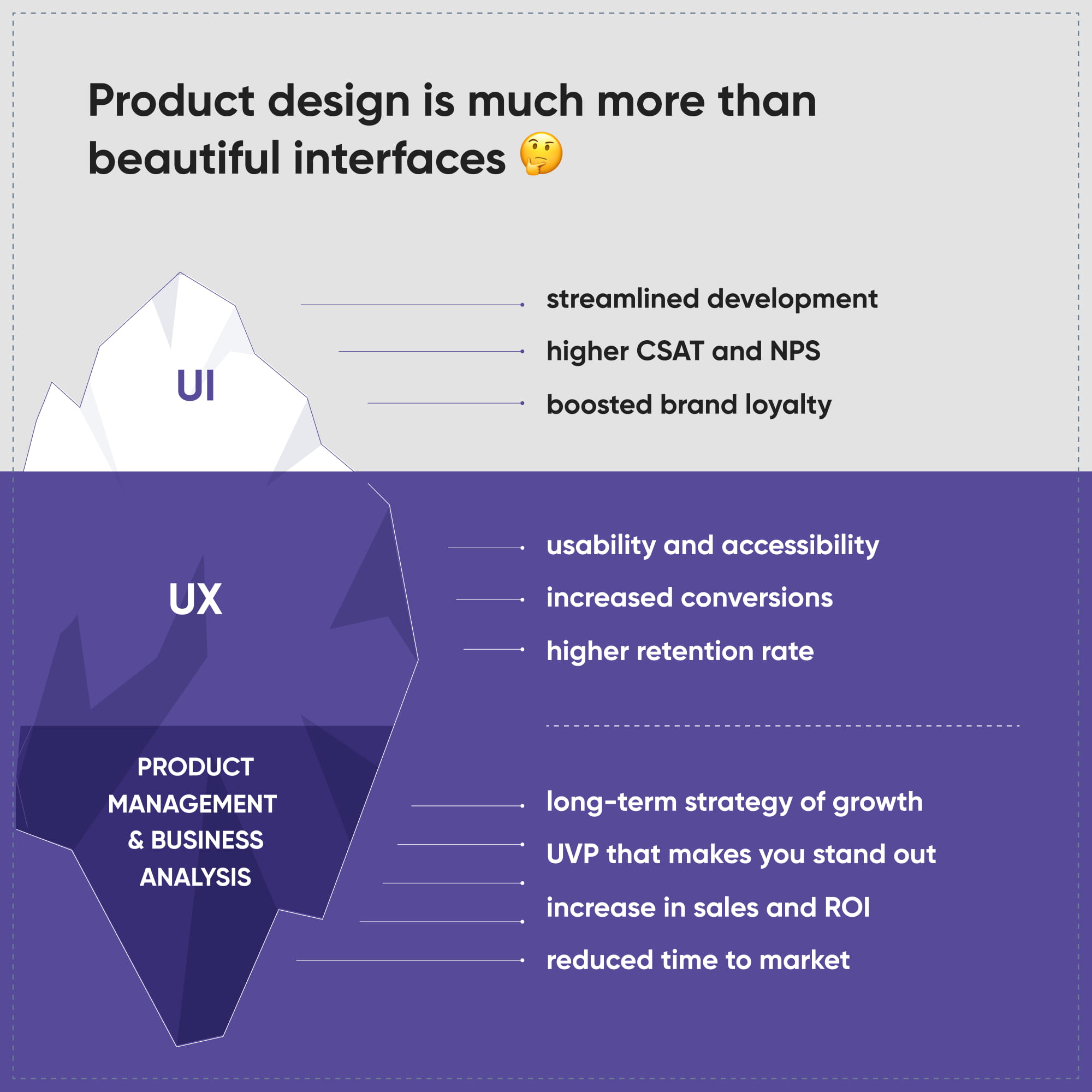
Yuriy: It’s common to dislike CRM systems using them minimally even with supervision. Is this changing? Are CRM systems universally embraced now, or do significant software changes remain possible?
Todd: I don't think it's changed much. I don't think if you go and ask a thousand sales reps, are they excited to go log into Salesforce and HubSpot and put their data in there. I don't think that's changed. I also agree that people use a very small chunk of what's out there. Um, I think about it from two things. It's like, what's in the benefit for the rep to go and do this? And a lot of times it's not like it's mainly because like someone above you needs to forecast.
But I think the job of the leader and someone who's rolling out new software is to understand why it's in their best interest, why it's in the best interest of the company to use this. Whether that's because, hey, this helps with deal reviews and we're going to have win rates go up, or this helps us forecast to make sure we're running the right financial plan and making the right strategic hiring decisions. I think you need to be able to explain why it's a benefit to the company and why it's going to help them individually. But even with that, still people use five, 10, 15% of what Salesforce can do or what HubSpot can do. I don't know if I feel like that's a problem or just the reality of how sellers typically operate.
I think, and on your question from a design perspective, I think the bar for software is going up just because people have used so much software in all parts of their lives that people want well-designed products. They want very thoughtful products. The bar for bad user experiences or high friction is people don't have a lot of sympathy for that and they want to be able to switch.
The way I think about it is a lot more like, sure, I want to have a beautifully designed product, but I think about just like functionality to say if I'm a sales rep, and they're using our product, this is going to save them time or money by adopting this and it's going to help them achieve their goals. Hopefully, it looks as beautiful as possible, but I think about it from a sales rep's perspective that they just really are thinking, how can I save time to make more money? And if a product can help me do that and they feel comfortable about it, they're going to adopt it. So I think a lot of it is more from a functional design than aesthetically, do we have the prettiest Ul or the best colors or anything like that? But I think the bar overall is getting a lot higher for what people expect from software.
Anastasiya: I think that also that's a difference between user persona and buyer persona because we do not optimize for the users to make this more aesthetically pleasing or more usable, but to generate more value. That's why sometimes we can make some compromises and forget about really important things, but just to optimize the value that brings to the business itself. It brings up the question, should designers be part of the teams who create sales tools? Because as you mentioned, the bar is high right now. And sales tools are complex. Should it be a big team of designers who work on the tools or just engineers who do the work and do not rely on usability and do not consider that?
Todd: I think the early-stage engineers are kind of a mix of product and design and engineering, right? I think for us right now, we don't have full-time designers in-house. I'd love to go to get there at some point, which means that engineers play a big part in that. So, I mean, look, if you raise a ton of money and you can afford it or you're off to the races and you can get good design in-house, I would love to have that. I don't think we're there yet. I think as the product gets wider in its breadth and, you know, becomes more of a platform, then yeah, someone like that would make a lot of sense to have on board.
Yuriy: Yeah, I would add, it depends on what game you're playing, because if you are targeting people who are already using a lot of software and they're just adding to their workflows, that's one case. But I've heard an anecdote. We have a client for whom we helped to design a CRM system and we learned that there are some markets where adoption of CRM systems is not so high. So there are like 60% of people who work in this market and they're not using a CRM system because their sales are like once a year to a year. So it's not like their main job very often.
The idea is to make it super simple because people are not using that because perhaps HubSpot is focused on totally different types of customers and users. But it's really hard to find the balance because you start with a very simple interface, with simple functionality, but later you are adding more and more features and then you end up with a very complicated CRM system. And everybody wants all in the system, yeah.
Anastasia: And as far as I know your product is like, based on Salesforce integration, and you probably adopted their Ul and their Ul designs or styles. Do you think that in the future, it could become a bottleneck for you, for your strategy, if you would like to, like, change the direction or try to integrate with other platforms like Zogo, PipeDrive, or become a standalone product or portal by adding more functionality? And since you've already adopted this Ul kit, it will be your limitation in the future.
Todd: It's a great question. I mean, our logic when our thesis, when we started was, Hey, look, salespeople interact first off, they're already getting pulled to log into tons of new tools, like that, that stack has grown quite a bit in terms of what they're supposed to do. Um, and in a lot of our research, we found that people don't want new Uls. Right. Really what they want to do is have a lot of intelligence in their existing tooling. Right. So our logic to start was. Hey, people are in Salesforce every day. They're in email every day. You're using some type of sales engagement every day, especially if they're commercial or an SDR or something. That's usually, you know, outreach or sales loft or, you know, groove or whatever it may be. Um, and what we want to do is integrate into these systems as easily as possible. I think that message resonated with customers.
But to answer your question, as our product starts to expand, there are some limitations, right? Some limitations allow us to get valuables quickly. But as the product starts to expand, there are some things that we want to do where we're going to have to control that via Ul, right? Now we're spending a lot of time thinking about, okay, what needs to happen in an Ul? Will we be able to get people to adopt that? Um, it has to be, in my opinion, a level. very high bar for value to be able to get people to log in a new software every day. So we were thinking a lot about like, okay, what's going to draw them to that Ul? Is it going to be significantly better than what they could get accessing it in Salesforce or Slack or whatever it may be? And then how do we make it as easy and repeatable, easy as possible for them to repeatedly enter that and want to go there?
So I do think it will be a limitation as we grow. And it's something we're actively working on. But I wouldn't have gone about it differently because it allowed us to get to this point.
Anastasia: Right. You also brought up the pain points that people working in sales have different tools. And for companies to be more efficient, it's better to have one entry point that will cover a lot of their tasks during the day. Do you see that in the future, this would be more like a sales automation platform that will cover different features to meet the needs of the entire sales department, not for sales reps, deal closers, or lead gens? And it will be just one tool that will cover all needs.
Todd: I think that's like Nirvana, what people want. And I think consolidation is already happening. Like, you know, Gong approached it from, ‘Hey, we're starting with conversational intelligence,’ and now they have a direct competitor – Outreach, right? Outreach started with a sales engagement platform and sending emails and writing cadences and sequences and now they have a call recorder that's powered by Al. And now they're both trying to own the opportunity and get into the world of the Clari space – opportunity management, and revenue forecasting.
So, a lot of these companies raised a lot of money and you have to continuously expand the offering. And a lot of that comes from what new things can we sell to existing customers. And you're gonna step on each other's toes, right? So like, I think if you're in that general space, when we look in four or five years, it's gonna be more and more consolidation. And then you usually have another cycle later off that's like, okay, we start to get into a bundling phase and we get back to the unbundling. Because all these people do everything not that well I'm willing to have something more of a point solution.
I think right now consolidation has happened and is driven a lot by the macro world. I think that in theory, people would love to have fewer tools that work well. But as it gets really easy to spin up software, if you have something that's 10X better than a feature from one of these suites and the business case is there, people will pay for it. People will always pay for sales and marketing tech based on how closely it ties to revenue and how much pressure there is to grow. So I know it's a bit of a roundabout answer, but that's how I think about it.
How AI is changing sales
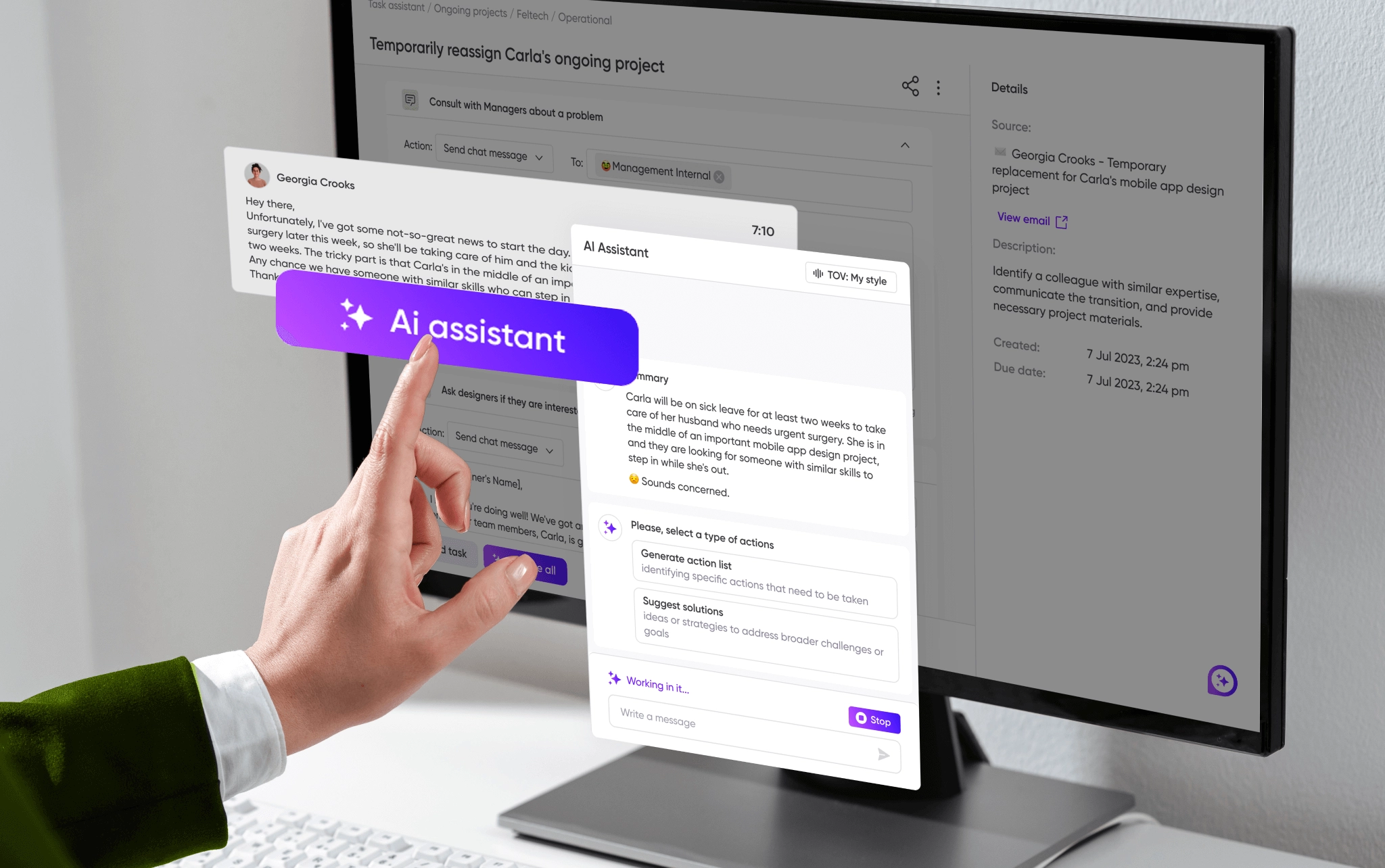
Yuriy: What do you think about Al? There are a lot of jokes that in the future, SDRs will be replaced by Al and they will negotiate the terms, and account executives will just come and sign because it's pretty easy now to create agents that will be sending emails and maybe even writing replies for the emails and all the messaging and user research. So what is your vision for the future? Where will be the role of computers and where will be the role of sales?
Todd: So short answer, I think all these Al email writing tools that are popping up help our value crop a lot because the big picture what happens is just in the last two years, there's been 2X more cold outreach happening and reply rates are down 40% across the board. I think Al is going to accelerate that trend to make it even worse, right? Because I get 100 emails every day. Most of them I never answer. It could be right by some amazing Al product or an SDR. I don't know a lot of the times, but the reality is it's hurting the channel overall.
Secondly, and the reason why I'm excited about that opportunity is because what's never going out of style is relationships, right? So who is your team working with? Who have they had good experiences with? And that's what we're after. We think that more is getting away from cold prospecting and more is getting into who we know, who has had good experience, how do we make sure that we get the second order benefits as customers as more people are changing jobs than ever before?
In terms of what roles people will play, I think most of it will come down to, the SDR has been, you know, this sounds bad to say, but like an outreach monkey for the last few years. ‘Hey, you have to follow these cadences, you have to press these buttons to send these emails. We're not even gonna let you write the email because we think our template's better.’ It's like, why are you paying someone so much money to do that? I think those use cases are 100% going to be replaced by Al and they're already happening. We're doing this internally.
I think the second area that's going to be most quickly affected by the Al from a sales perspective is the research, right? It's not easy to go and find how to put a compelling message to someone. How do I go look across their Linkedin and their Twitter and understand their job postings to be able to understand a point of view in a company? So I think from a research standpoint and like the execution of any type of mass communication, a great example for Al on. However, when you're on these deals, there's just, I don't think the AI anywhere near there is ready to be able to replace a really good sales rep. Like there's so much happening and there's so much deep understanding around, you know, who's in politician mode at a company versus who's in operator mode, who has the power based on how they're interrupting each other on a Zoom call or where they sit in a customer meeting that I think Al is not going to be able to replace for a very, very long time.
But yeah, if you're a junior rep that's sending templates and emails, yeah, you're in trouble with Al 100%. If you're in sales ops and you're doing some research, that's going to be automated. So I think it will be. The outcome will be smaller sales teams that are way more productive, you know, in the next five, six, eight years, whatever that is, I think we'll have a smaller number of reps doing an insane amount of productivity from a quota standpoint. And there's all this Al-oriented tooling and enablement to drive that productivity.
Yuriy: And in the end, it's good because there will be less spam, more relations.
Todd: For sure. I think it's better for everyone.
Yuriy: Yeah, and if your account how much revenue you spend on sales and marketing, it's better to spend on real value-producing and real consultative sales, maybe, because it's better to spend time when you educate people how to use your software, how to bring value.
Yuriy: So what do you think about that? Like in the future, maybe in five, 10 years, maybe 15 years, you will be able to write on ChatGPT10, ‘Okay, write me a copy of HubSpot.’ It will go online, read all the documentation, all the help, how it works, we'll test it. And the next morning you have your own custom CRM system. Yeah, so it would be pretty easy to build the software. It would be hard to implement it into the business, at least harder. So in this case, it will move in a different direction. So it's not like we can just provide software. We have to provide software and education service consultancy to help to use this solution.
Todd: Yeah, I think the question then becomes how good does Al get at delivering that software, right? I still think that changing human behavior requires humans to be involved in that, right? Like I think that you know, that futuristic view you lay out, I think that's not crazy to think, but I think that humans are similar and Al is not going to dramatically change that in the next five, eight, 10 years. I don't think so.
Final thoughts on product strategy and design in sales tech
Todd: I think in general, some of our biggest learnings are understanding who you're a really good fit for and who you're not and getting comfortable just focusing on those people. Like it's very, it's very hard when you get people coming inbound wanting to pay you that you know aren't the best fit ever. It's really hard to turn people like that down. I think the more narrow you can be and the more honest you can be on who you're a great fit for, the better things will go. You'll build better products for that niche and you can expand them over time. You won't waste time supporting customers who aren't a great fit. So that's something I think a lot about. And then just secondly is, we're very much in the early days. We approach this as, hey, there's a pretty narrow but powerful problem set that we can solve quickly.
When we started Champify, we're like, you know, here's where we see it going, but we're not exactly sure. And now it's like, okay, there's eight different directions of where this market goes. And our success is going to be based on how many of those bets we get right. So it's a really exciting time and I think the market is crowded in terms of sales and marketing tech. People are willing to spend money on it, and it's very tangible when it's working, that it's an exciting category to be in.
Yuriy: Yeah, I believe you have a great product because I know that outreach is very hard now and everybody hates outreach, but all the businesses have some help to find a way to reach people that they're not connected yet or they're not so good strong relations with them. And you're solving the real problem in the right way. And I understand this is just the first step for you. There is a huge roadmap, so we wish you luck, growth, and a lot of great learnings that you can share with everybody. Hopefully, in a few years, we can have another podcast where you will share your experience.
Anastasia: Yeah. And regardless of which way you go, because you mentioned that there are several paths that you can take. We wish you success in any of them and to build your roadmap that will just skyrocket the market.
Todd: I appreciate that. Great to meet you both. Thanks for having me on. It was a pleasure.
That's all for today. Thanks for reading. If you think your colleague or friend could use these tips, go ahead and share this episode with them. Cheers!
